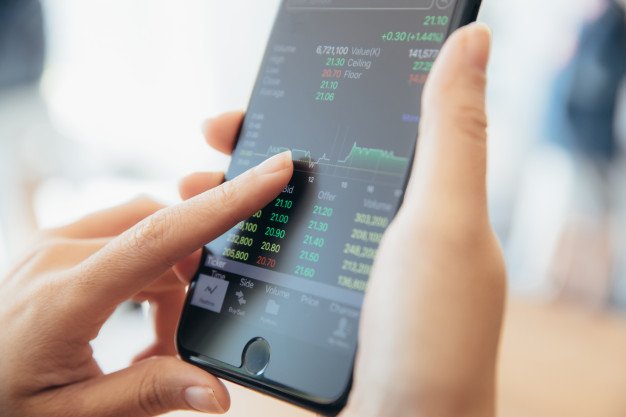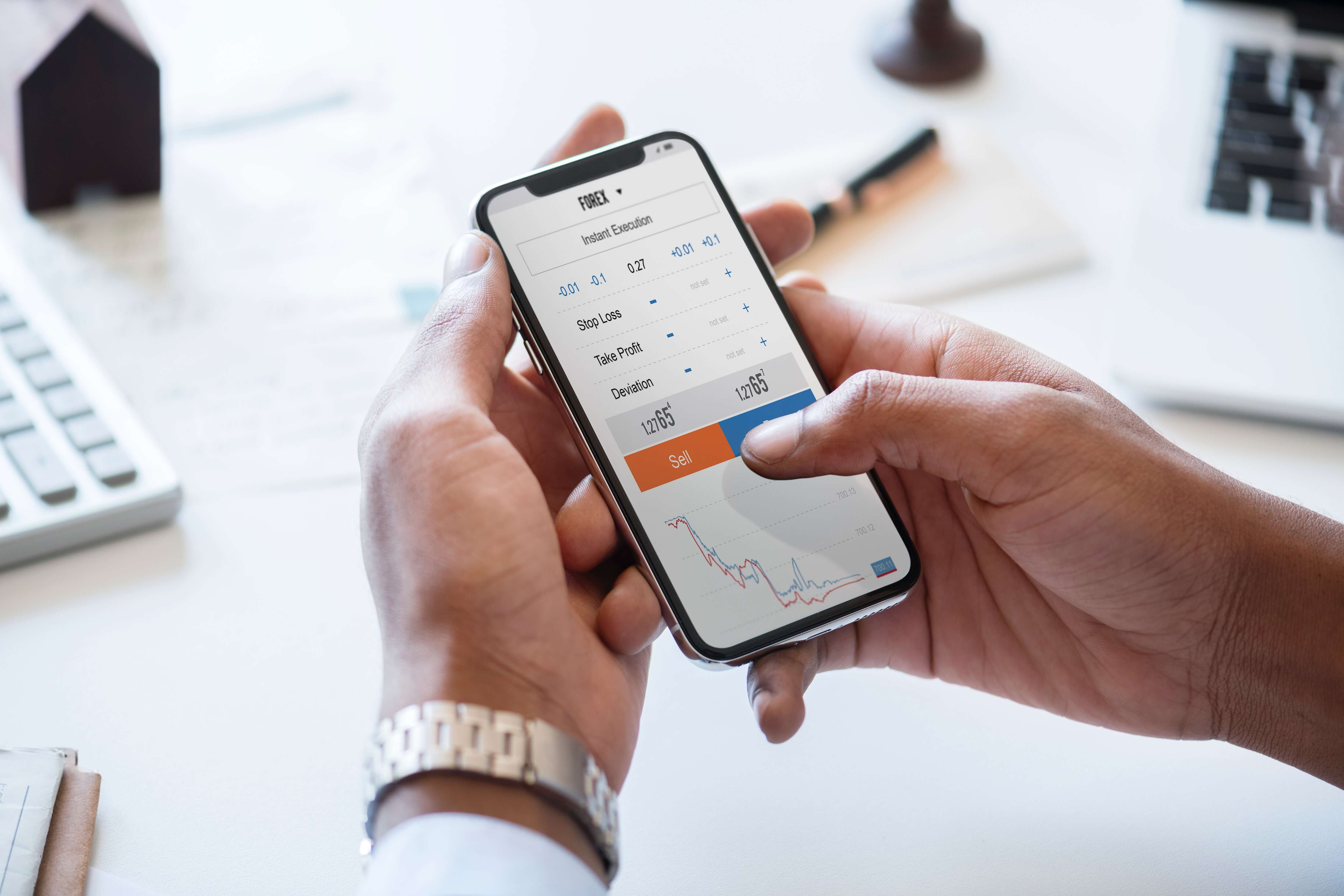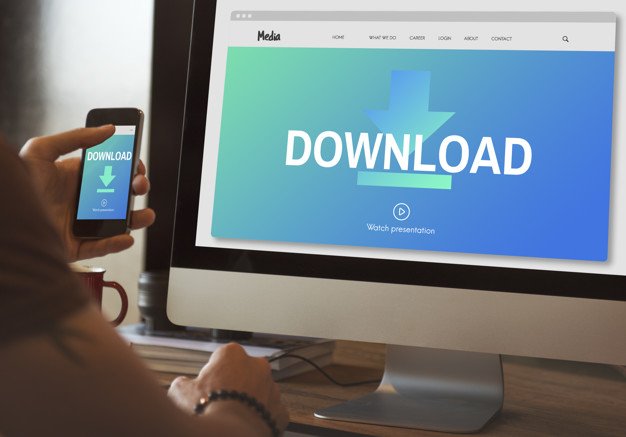iTrader was founded in 2012 by Hoch Capital Ltd after that licensed with the Cyprus Securities & Exchange Commission in 2013. Since then it has opened the doors to online investors all over the world. It offers the best trading experience to the traders of all levels. Now iTrader provides the most popular Meta Trader4 platform for its users and the platform developed by MetaQuotes Software and provides forex traders instruments including forty-seven currencies.
Best features of iTrader:
Why anyone should go with iTrader.Com. Some firm lists and reasons are listed below:
- Itrader Was founded in 2012 by an experienced and financial professional.
- It is regulated by CySEC and provides access to 23 EU member states.
- It has three types of accounts such as Silver, and Platinum.
- The minimum deposit is 250 units of GBP, EUR or USD.
- There are no fees charged for any deposits and withdrawals.
- It supported web-based version and mobile application version also so that it is easy to access.
- In case of any issue or problem, there is customer service available so you can contact via email, WhatsApp, or direct phone call with their customer executive.
The iTrader 2019 Reviews:
Itrader is an online broker platform, dealing with CFD trading of forex, currencies, stocks, and commodities. To find out the best iTrader review in the following.
Platforms And Tools:
iTrader is a Meta Trader 4, this directly means it offers the MT4 platform from MetaQuotes Software. It has user-friendly tools so that the user can easily use it. MetaQuotes has become one of the largest financial markets all over the world. It has attractive shares from the range of local as well as international markets.
Some tools of itrader are as follows:
Calculator: It helps you to perform various calculations related to your trading. The calculator has multiple functions so that you can easily do any type of calculation.
Chart Analysis: With this, you can easily calculate the analysis of your chart, with this you can formulate various investment scenarios.
An Economic Calendar: It shows many types of major economic events scheduled for the next coming days.
Asset Index: It offers you a well-organized menu of these assets for the investment on itrader’s platform.
Payment Method Of Itrader:
iTrader is directly dedicated to its earned money and its traders. The broker of itrader gets the highest security standards from the company when they are going to handle withdrawals & deposits. The trader servers work from SAS 70 centers and all the data is encrypted with the help of using latest 128 SSL encryption.
It accepts all withdrawals and deposits in safest and convenient methods like Master cards, Visa, Maestro, AmericanExpress, Neteller, Yandex, Web Money, Qiwi, etc. There is no fee for deposit and withdraw payment from your account.
Resources of iTrader:
There are so many resources of itraders such as videos, ebooks which cover all the aspects of trading basics and fundamental trading strategies. The itrader also offer daily chart analysis. There are also weekly, monthly and yearly market summaries available for the forecasts. It has a calculator tool, economic calendar, etc. which help traders to implement fundamental trading strategies in the market.
Mobile App:
Nowadays more than 70 percent of people are using mobile for their daily work so that itrader offers a mobile trading application for both Android and ios operating system. The mobile application of itrader gives all the functionality just like desktop platforms. The mobile application of itrader is very easy to use.
Fees and Commission:
It provides commission-free accounts such as Silver, Gold, and platinum. The trading costs may vary in terms of applicable floating spreads.
MetaTrader 4:
It is trading platform which is now available at Itrader.Com. It is one of the best respected worldwide because it provides powerful trading tools and features.
Read Also:























